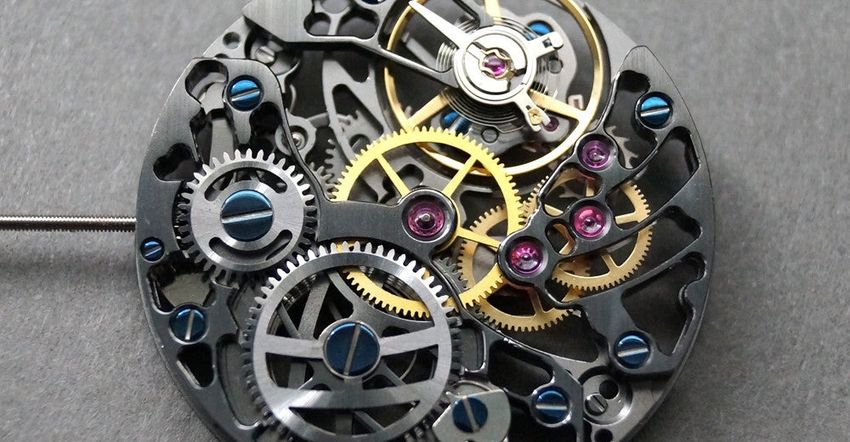Watches are fascinating pieces of technology that have been around for centuries. At their core, they rely on a series of gears, springs, and levers to keep time accurately. But how do these tiny mechanisms work together so precisely? In this article, we will explore the intricate world of watch gears, their movement, and the science behind their precision.
The Basics of Watch Mechanics
To understand how gears in a watch move so precisely, we first need to grasp the basic components that make up a mechanical watch. Here are the key elements:
- Escapement: This component regulates the release of energy from the mainspring, allowing the gears to move in a controlled manner.
- Mainspring: The mainspring is a coiled spring that stores energy when wound and releases it gradually to power the watch.
- Gear Train: A series of gears that transmit the energy from the mainspring to the escapement.
- Dials and Hands: These components are moved by the gear train to display the time.
The Role of Gears in Timekeeping
The gears in a watch are not just for show; they play a crucial role in ensuring that time is kept accurately. Here’s how they contribute:
- Reduction of Speed: The gears reduce the speed of the mainspring’s energy release, allowing the escapement to function correctly.
- Division of Time: Gears help divide time into smaller intervals, enabling the second, minute, and hour hands to move at different rates.
- Precision Engineering: Each gear is engineered to fit perfectly with its neighbor, minimizing friction and maximizing accuracy.
The Science Behind Precision
Precision in watch gears is achieved through a combination of high-quality materials, expert craftsmanship, and advanced technology. Here are some factors that contribute to their precision:
- Material Selection: Gears are often made from high-quality metals or synthetic materials that resist wear and tear.
- CNC Machining: Computer Numerical Control (CNC) machining allows for incredibly precise cutting of gears.
- Testing and Calibration: Watches undergo rigorous testing to ensure they keep accurate time under various conditions.
Micro-Mechanisms in Action
To truly appreciate the precision of watch gears, we must look at the micro-mechanisms that operate within them. These mechanisms include:
- Gear Teeth Design: The shape and alignment of gear teeth are meticulously designed to ensure smooth engagement and disengagement.
- Lubrication: Proper lubrication reduces friction between moving parts, enhancing longevity and accuracy.
- Temperature Compensation: High-end watches often use materials that expand and contract minimally with temperature changes, maintaining accuracy.
Conclusion
The movement of gears in a watch is a marvel of engineering, blending art and science to create a precise timekeeping instrument. From the mainspring to the escapement, each component works in harmony to ensure that time is measured accurately. Understanding the intricate mechanics behind a watch not only deepens our appreciation for these remarkable devices but also highlights the incredible craftsmanship that goes into making them. Whether you are a watch enthusiast or simply curious about how these tiny machines work, the world of watch gears is indeed a fascinating one.


